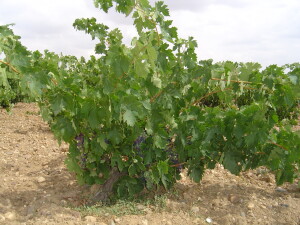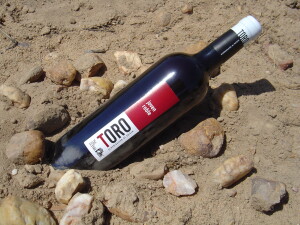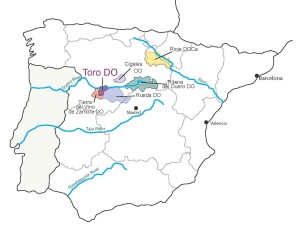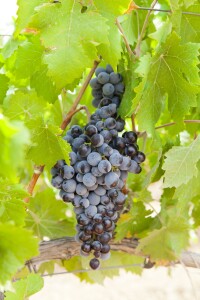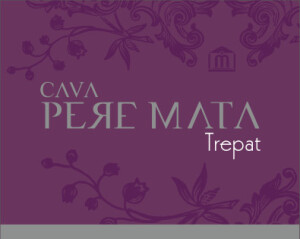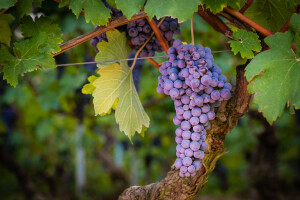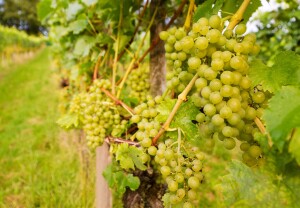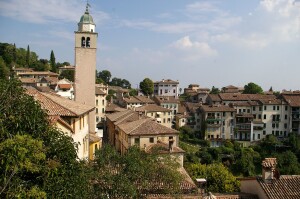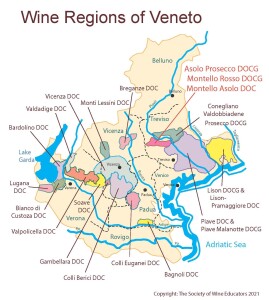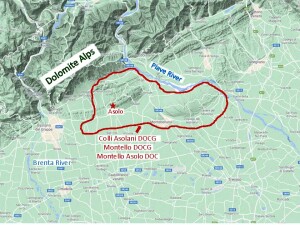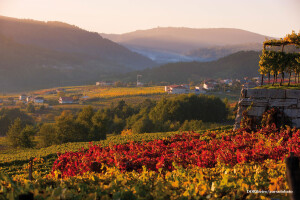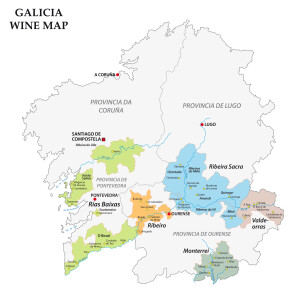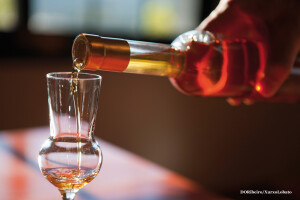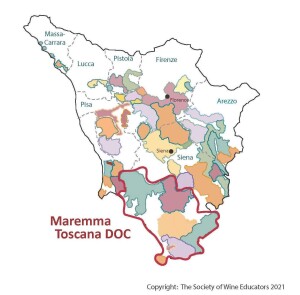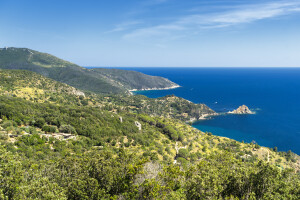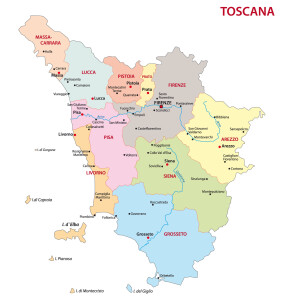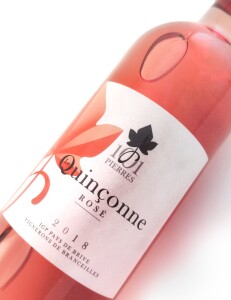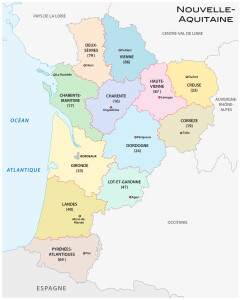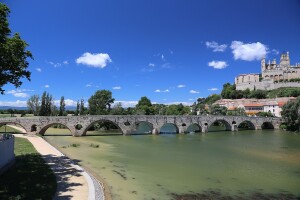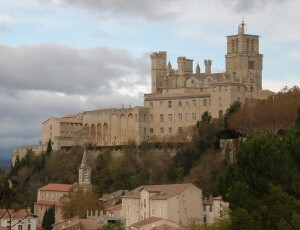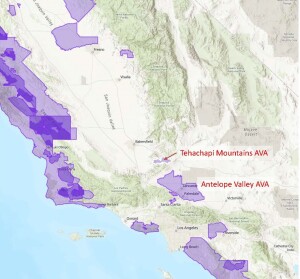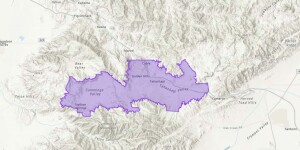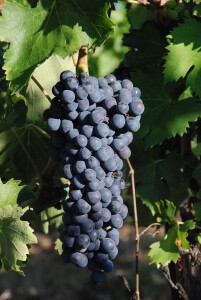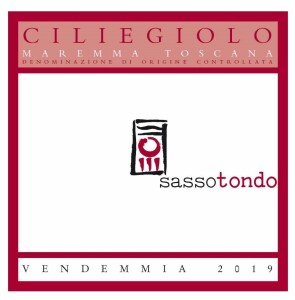The Toro DO, located on Spain’s Duero River just west of Rueda, has been making wine since pre-Roman times. It is even said that the rich, red wines of the area were a favorite of King Alfonso IX of León back in the 13th century.
Most of the wine produced in the Toro DO is based on the Tinta del Toro grape variety—considered to be a local clone of Tempranillo. This local variant has thicker skins and deeper color than the Tempranillo grapes grown in the neighboring regions of Ribera del Duero and Rioja. These robust grapes help are crafted into the rich, bold, and tannic red wines of the Toro DO. Perhaps this is why the region goes by the name Toro—the bull.
Until recently, the red wines of the Toro DO were required to contain a minimum of 75% Tinta del Toro. While the remaining 25% was allowed to contain Garnacha, most wines were close to 100% Tinta del Toro.
However as of April 7, 2021—when the revisions were approved and published in the Official Journal of the EU—there have been a few changes made to the Pliego de Condiciones for the Toro DO, and we may soon start seeing some different styles of wine coming from Toro. These recent updates include the following:
Grape varieties allowed for use in the red wines of the Toro DO: The new regulations allow for the red wines of the area to be produced using a minimum of 75% Tinta del Toro or a minimum of 85% Garnacha Tinta. In either case, the remainder must contain Tinta del Toro and/or Garnacha Tinta—the only two red grapes allowed. The red wines of the Toro DO are known for being medium to full-bodied with gritty tannins and cherry to ruby red (for young wines) or cherry red to terracotta in color (for barrel-aged wines). The aromas are typically bold, redolent of red fruit (strawberry, raspberry), black fruit (blackberry, black cherry, plum), flowers (violet, dried roses), black pepper, cocoa, and vanilla.
Grape varieties allowed for use in the white wines of the Toro DO: White wines comprise a tiny percentage of the production of the Toro DO, however, the standards for Toro Blanco have been updated as well. The changes involve the approval of two new grape varieties: Albillo Real and Moscatel de Grano Menudo (Muscat Blanc à Petits Grains). These two new grape varieties can be used in any combination, alongside the two pre-existing white grapes of the appellation: Malvasía Castellana (also known as Cigüente or Doña Blanca in this area) and Verdejo. The white wines of the Toro DO are known for their aromas of fruit (peach, pear, apricot, green apple), flowers, and a green grass/herbal quality. If barrel aged, the wines may show some oxidation and aromas of wood, smoke, or hazelnut.
Grape varieties allowed for use in the rosé wines of the Toro DO: Toro rosato may now be produced using any combination of the area’s authorized grapes (red and/or white): Tinta del Toro, Garnacha Tinta, Albillo Real, Moscatel de Grano Menudo, Malvasía Castellana, and/or Verdejo. The rosé wines of the Toro DO are expected to be “pale to salmon pink in color” with “fresh red and/or black fruit aromas.”
Several other updates were also approved, many of them involving viticultural and winemaking practices for the Toro DO. These include an increase in allowed yield for Tinta de Toro and a removal of the previous limitation on the maximum allowed alcohol by volume (formerly 15 abv%). For more details on these changes, see the publication in the Official Journal of the EU dated April 7, 2021 (attached below).
References/for more information:
- EU Journal-Toro DO amendment April 2021
- Map of the DO Toro via the Consejo Regulador
- https://www.dotoro.com/en/
- Press kit DO Toro
Post authored by Jane A. Nickles…your blog administrator: jnickles@societyofwineeducators.org
